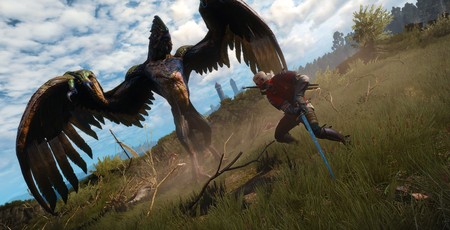
'What is it that makes The Witcher 3 great?' That’s the question I wanted to answer in my first revisit to the game since reviewing it back in 2015. Simply writing about how The Witcher 3 is great is like writing about how ice cream is great. It’s a fact so universally acknowledged that saying it just makes you sound stupid. 'Whoa, this ice-cream stuff is pretty awesome, huh?' 'Yes, Rick, now take it out of your ear.'
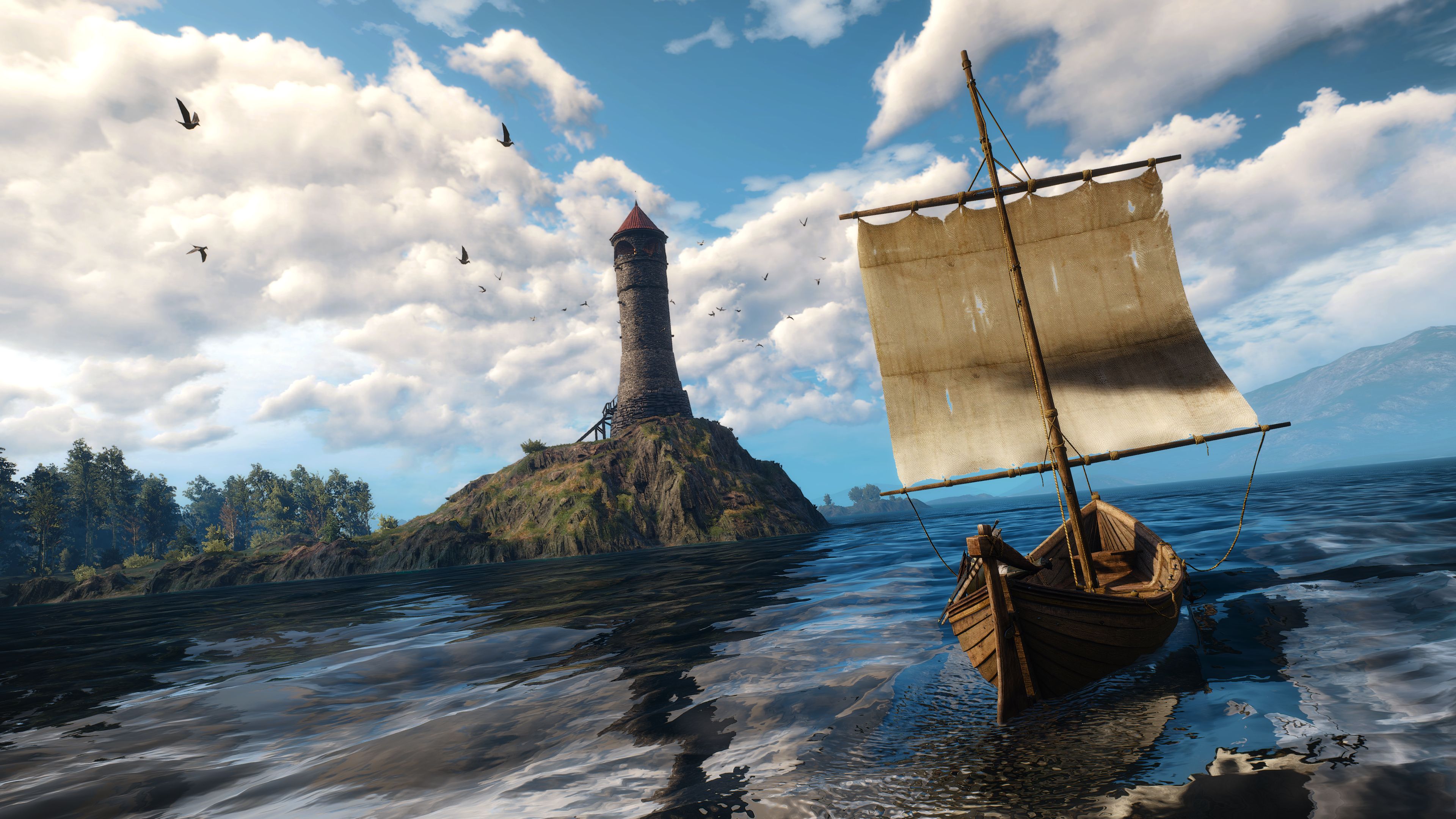
Pinning down exactly why The Witcher 3 is so fantastic, well, that’s a little trickier. There are some common generalisations like “the writing” or “the world design”. But there are plenty of other games that do these things brilliantly too. Disco Elysium has incredible writing. Assassin’s Creed Odyssey has phenomenal world design. What makes The Witcher 3 better than those games?
It isn’t the concept. Fantasy role-playing games are almost exactly the same age as video games, while dark fantasy RPGs can be found everywhere from Dragon Age to Dark Souls. It isn’t Geralt either, much as I love him as a protagonist. Geralt is a stock Ronin character, the wandering outcast, the mercenary with a heart of gold (or silver, in Geralt’s case). The Witcher 3 admittedly lends him greater depth than previous games, shifting his character from neutral nihilist to lovably grouchy murder-dad. Yet while having a single, pre-defined main character helps The Witcher 3, I don’t think Geralt is the key to the game’s greatness (he was in two other games, after all).
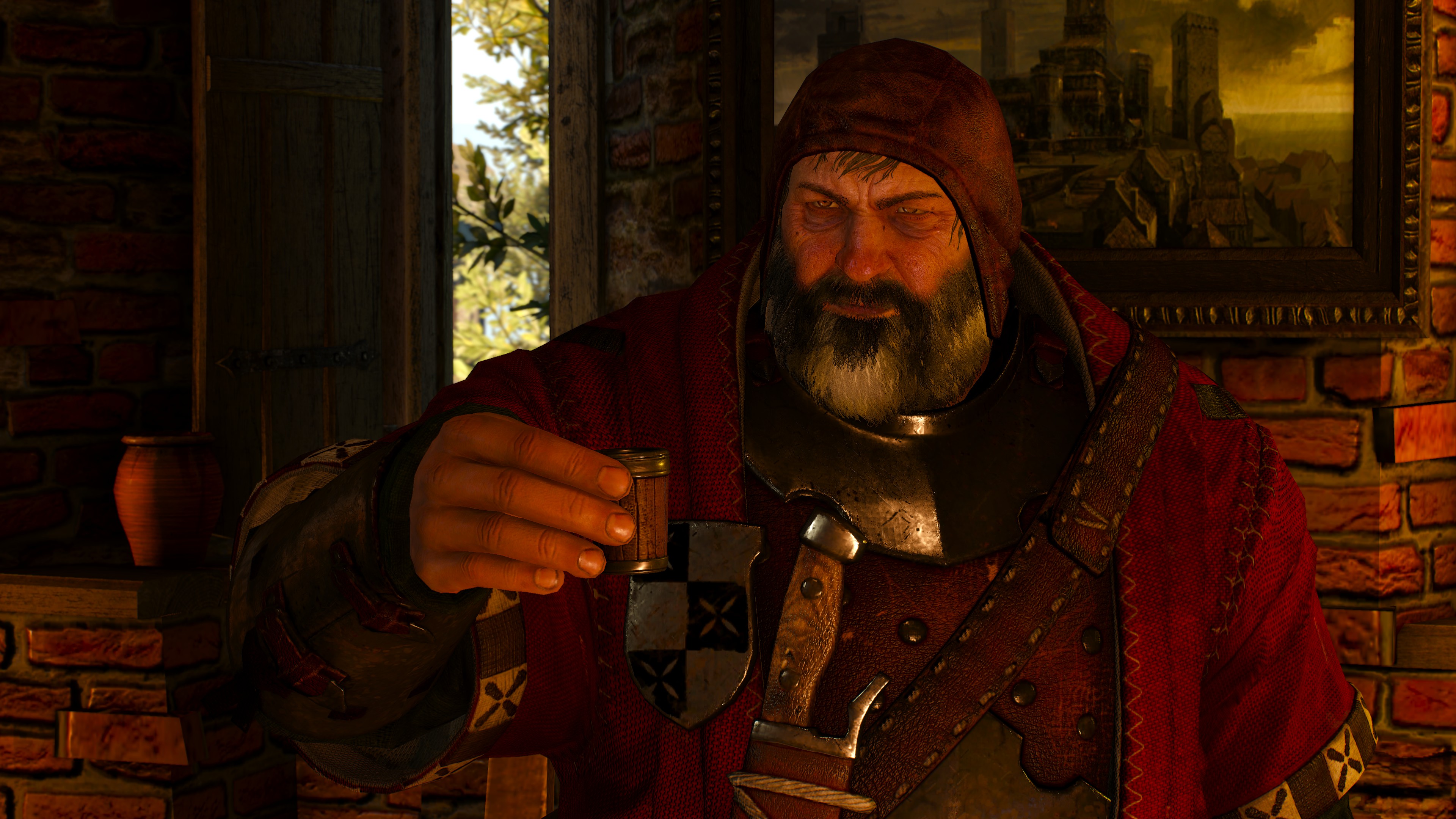
It definitely isn’t the systems. Beyond the narrative and dialogue, The Witcher 3’s mechanics are relatively lightweight and arguably where most of the game’s flaws lie. Although the world is visually stunning, it’s also very static, an extremely detailed theme park that occasionally lets you alter the conditions of an area depending on the choices you make. The combat, while spectacular and entertaining, only has any meaningful depth on harder difficulties. Yet getting ganked by some random bandit doesn’t feel particularly Witcher-y, so neither feels like the “right” way to play the game. The Witcher 3 isn’t a particularly great character-building RPG either, certainly not compared to games like Disco Elysium or Divinity: Original Sin 2. Geralt is already a master Witcher at the game’s outset, and so it struggles to expand his abilities in any meaningful fashion.
No, what makes The Witcher 3 special, what ties everything together and makes the game unique, is that The Witcher 3 understands the root of fantasy as morality tale. Where the majority of Western fantasy games take their inspiration from Tolkien onward, The Witcher 3 is primarily inspired by fairytale and Slavic folklore. While there are shades of epic fantasy in The Witcher 3, seen in its wars between its Kingdoms and Empires and the broader story of the Wild Hunt, ultimately, the basis of The Witcher is in the old stories told to stop itinerant children from wandering alone into the woods.
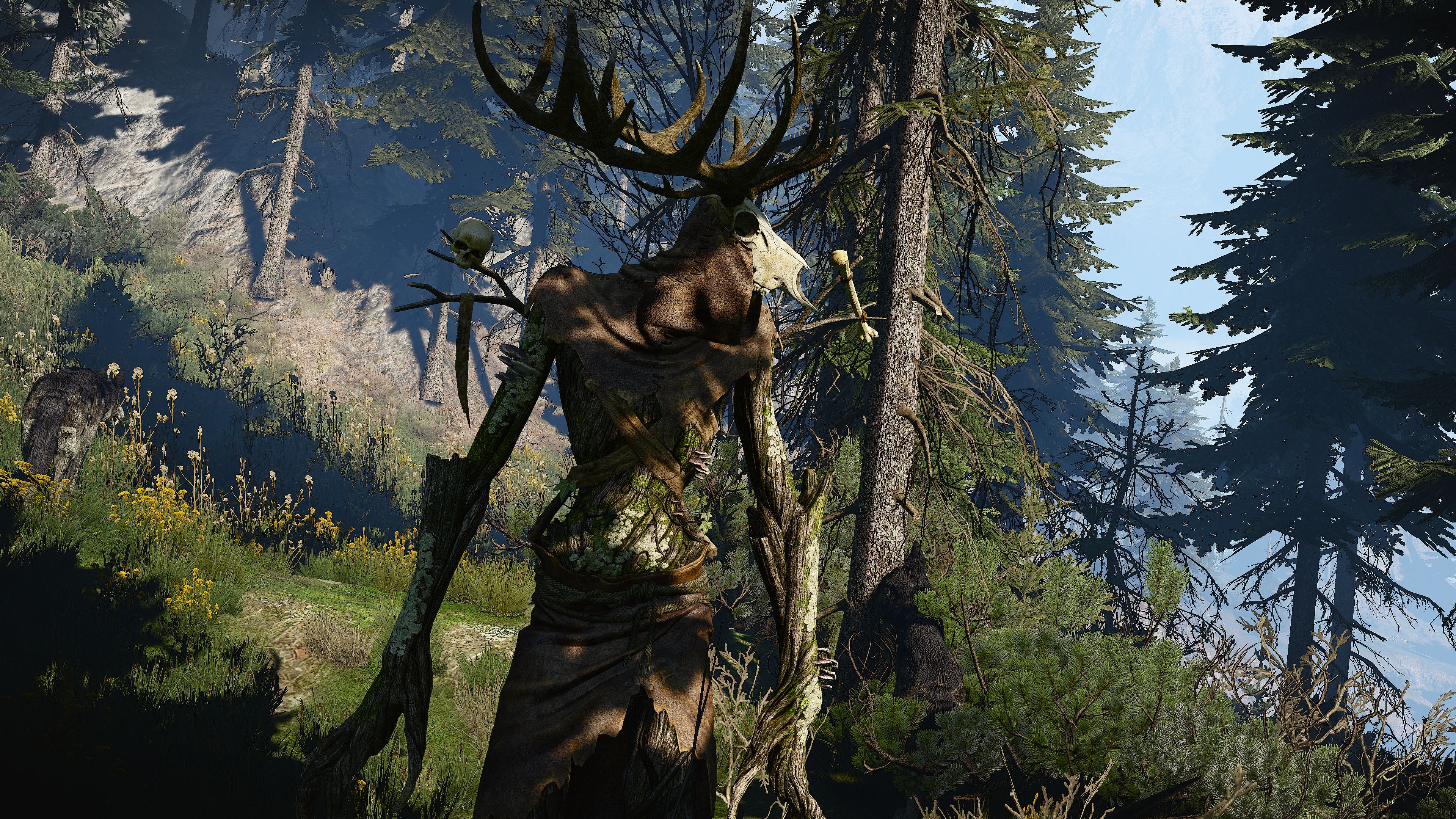
This folkloric element is seeded through The Witcher 3 at almost every level, resulting in a fundamentally different-feeling experience from any other fantasy game. The entire first act of the game is one giant, interwoven fable. From the cursed life of the bloody Baron, haunted by the spectre of his dead child as punishment for the abuse of his family, to the terrifying Ladies of the Wood – the dark guardians of the forest who feast on the flesh of children in exchange for protecting the surrounding villages. The side-quests too are strongly influenced by fairytale structure too. Most monster problems usually have a human cause, a curse afflicted for a terrible crime, or a consequence of human activity encroaching upon the wilderness.
This is mirrored by the visual design. The word “Wild” in the game’s title is not casually applied. The swamps and woodlands of Velen aren’t just pretty to look at; they feel alive and dangerous. It’s a place of tangled thickets and steaming bogs, wound through by perilously narrow dirt paths. But what truly lends the Witcher its sense of place is the wind, whipping through forests and kicking leaves up from the path. It’s some of the best environmental animation you’ll ever see.
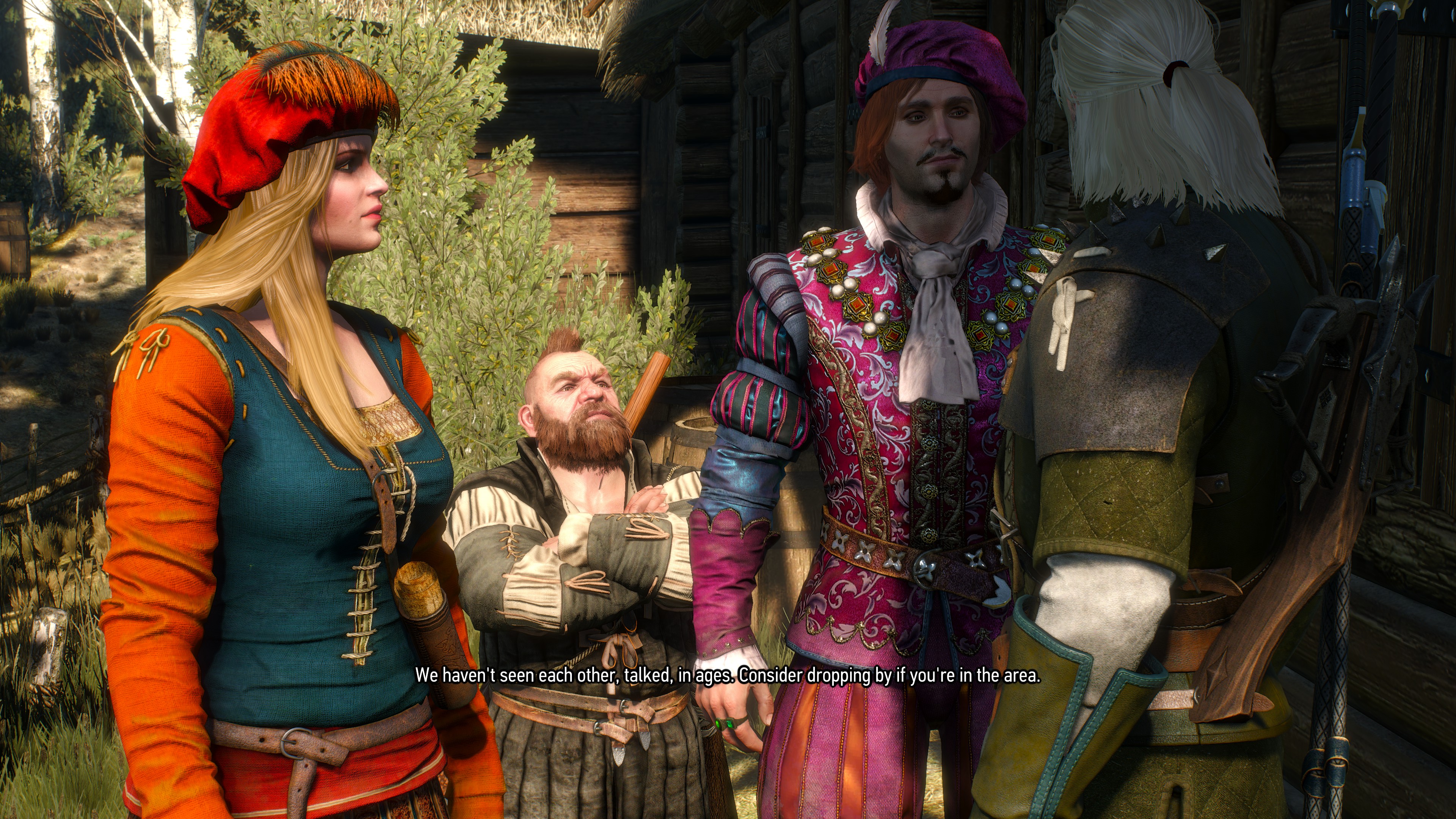
The Witcher’s 3’s influences stretch beyond folkore and fable too, reaching into Poland’s own history and the stories that have arisen from it. This is particularly the case with The Witcher’s representation of war. Few European countries have such a long and tragic relationship with war as Poland, and that history is written starkly across the battlefields of Velen. We see few battles directly in The Witcher 3. Instead, Geralt is witness to the aftermath of these conflicts. The terrifying expanses of churned mud. The Torn banners. The buzzing flies. The broken barricades and shattered siege equipment. The corpses sprouting from the earth like dark flowers. It’s an unflinching portrayal, and one that doesn’t stop to make any grand or poignant statements. It’s simply laid out in front of you as part of the landscape.
The Witcher 3 also provides a rare glimpse of civilian life during wartime. Indeed, throughout the game it’s the peasants who Geralt spends most of his time with, moreso than nobles or soldiers or any other class of person in the game. Consequently, we see the effects of war on the commonfolk. We see innkeepers nervously serving soldiers drinks in their taverns. We see peasant villages torched and pillaged by soldiers from both sides. We see lines of refugees desperate to escape no man’s land into the safety of Novigrad. We see them praying for salvation at shrines to different gods. Perhaps the strangest thing we see of the peasants is normality, village life carrying on like there isn’t smoke from countless funeral pyres drifting over the horizon.
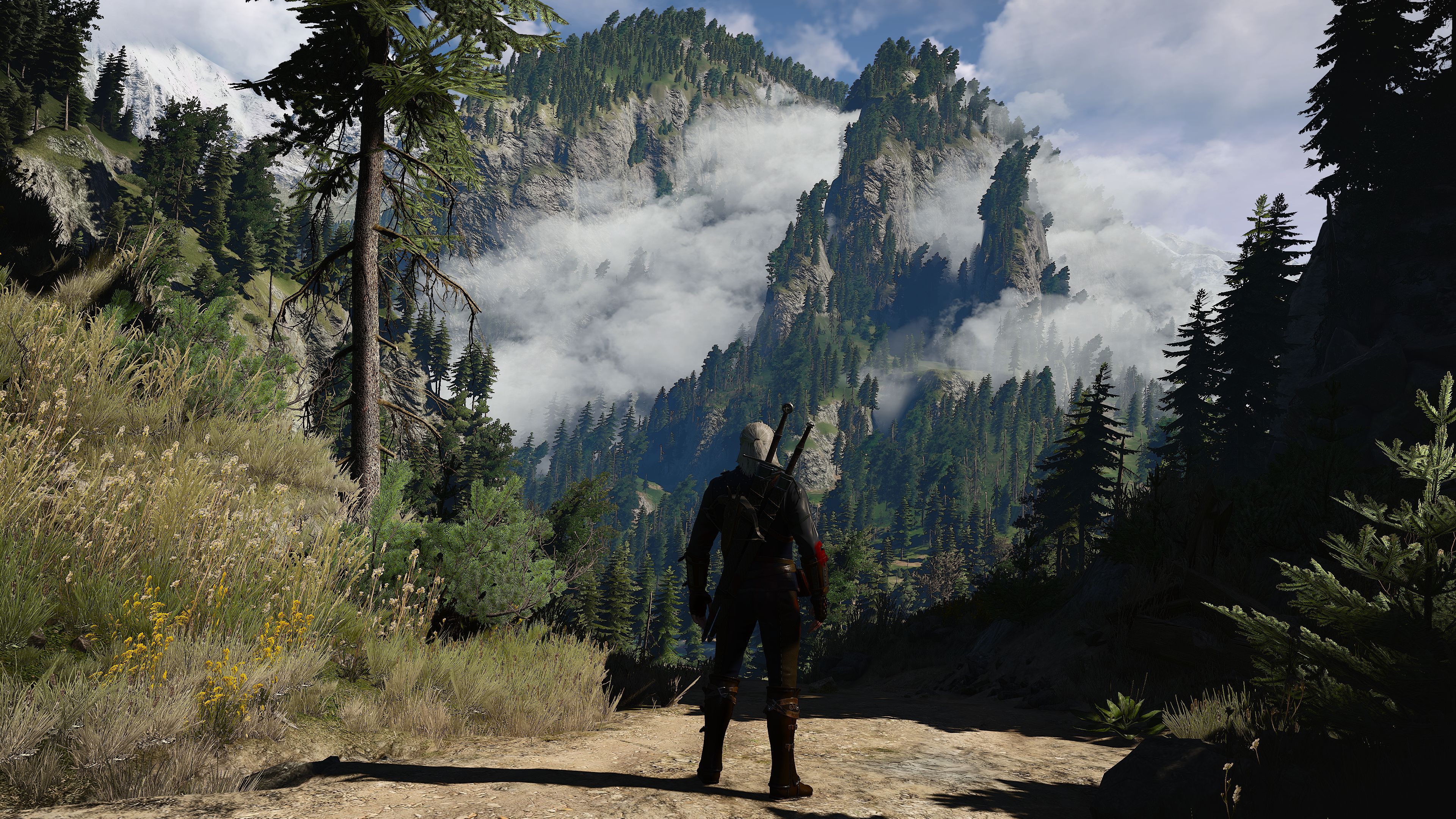
And I think, in the end, it’s this that makes The Witcher 3 so triumphant. It presents a world that entirely convinces you that monsters lurk just beyond the fringes of the forest. Partly because of the atmosphere of the place, but also because we see how terrible the world is even without those monsters. It takes a setting we’re all familiar with, that of European fantasy, and makes it strange and unknowable once more.
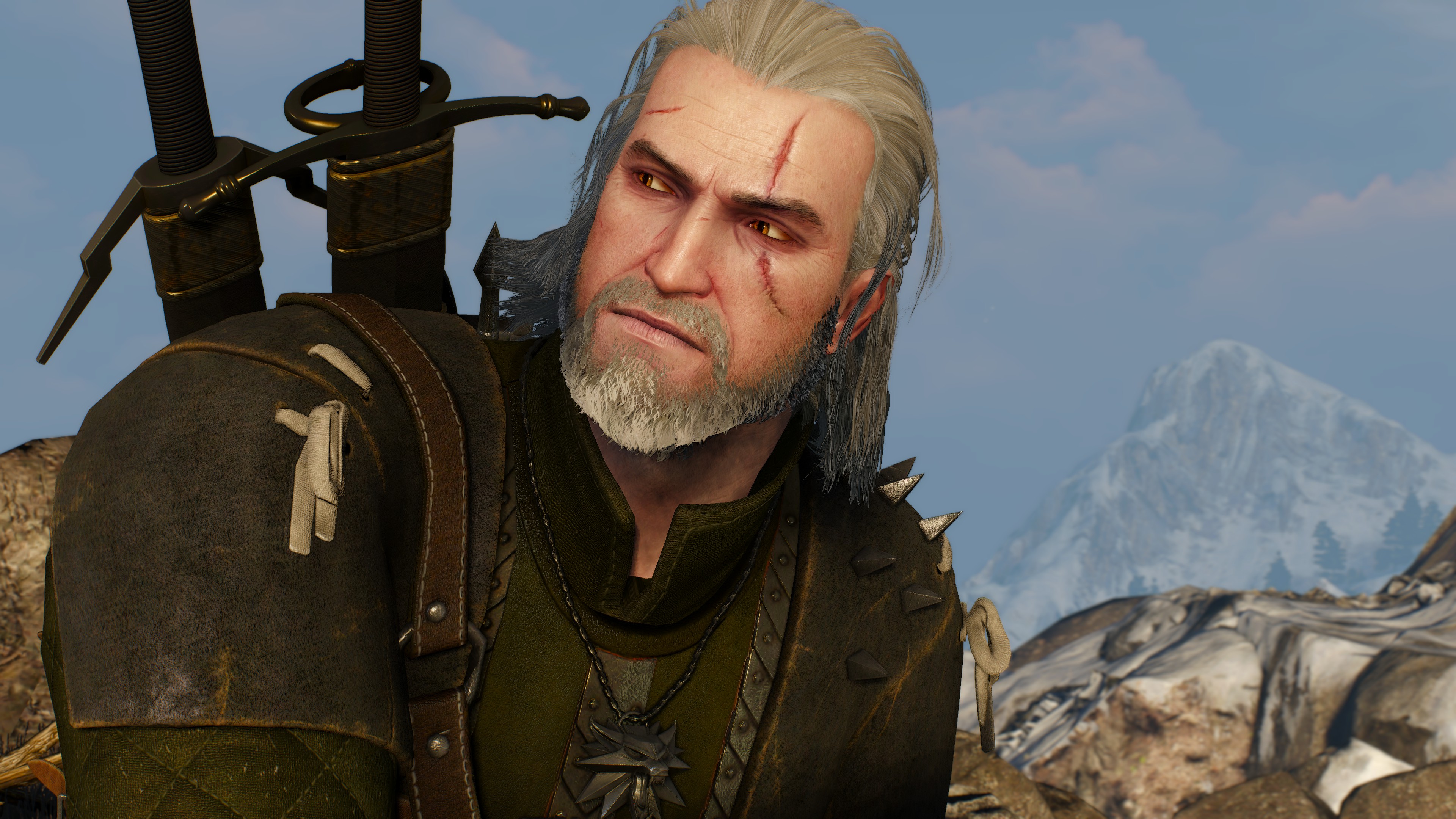

MSI MPG Velox 100R Chassis Review
October 14 2021 | 15:04

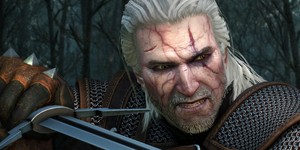
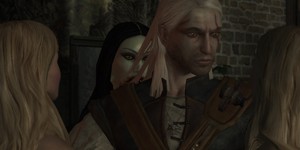
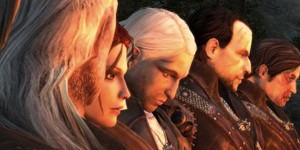





Want to comment? Please log in.